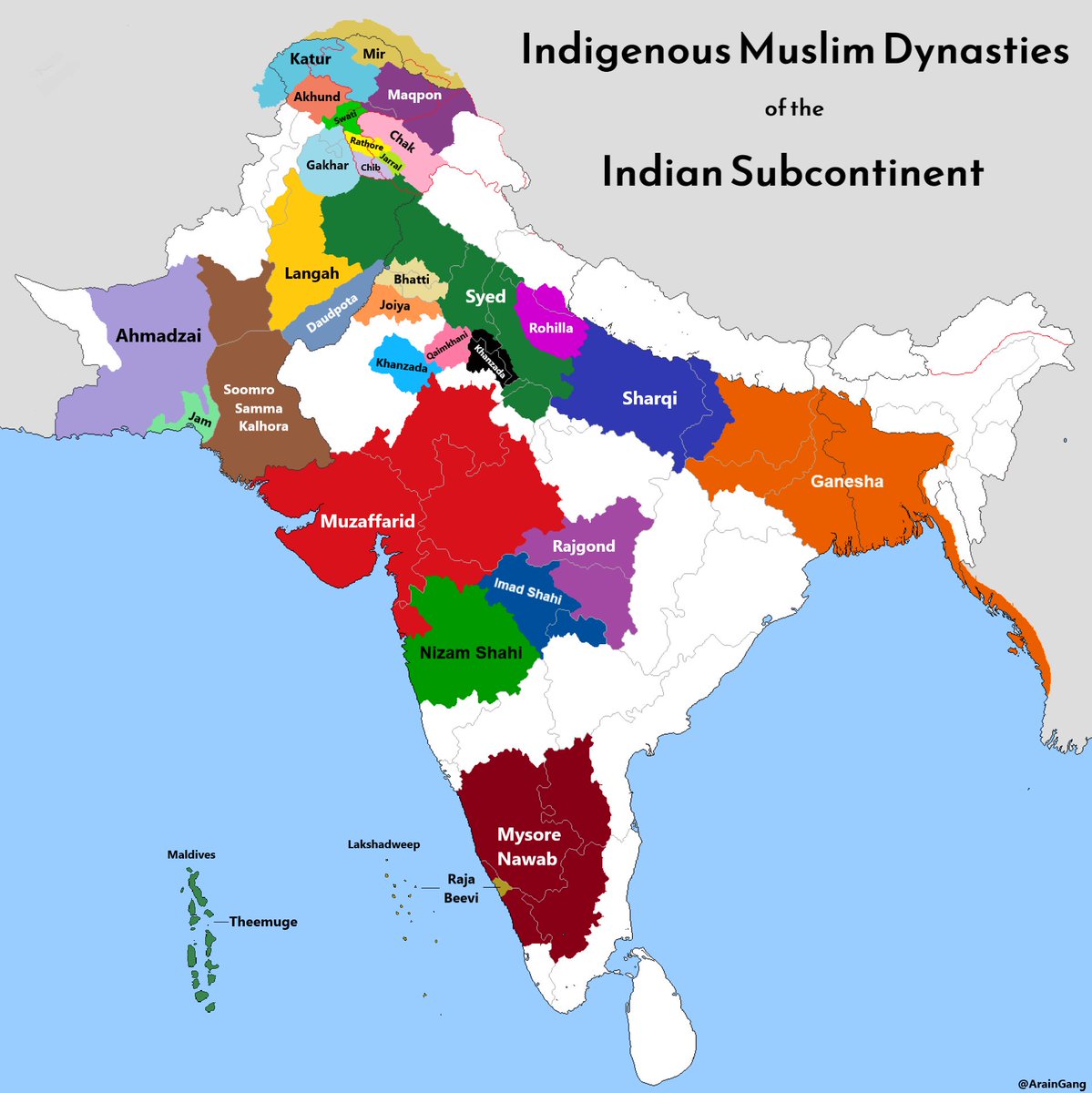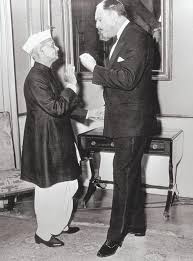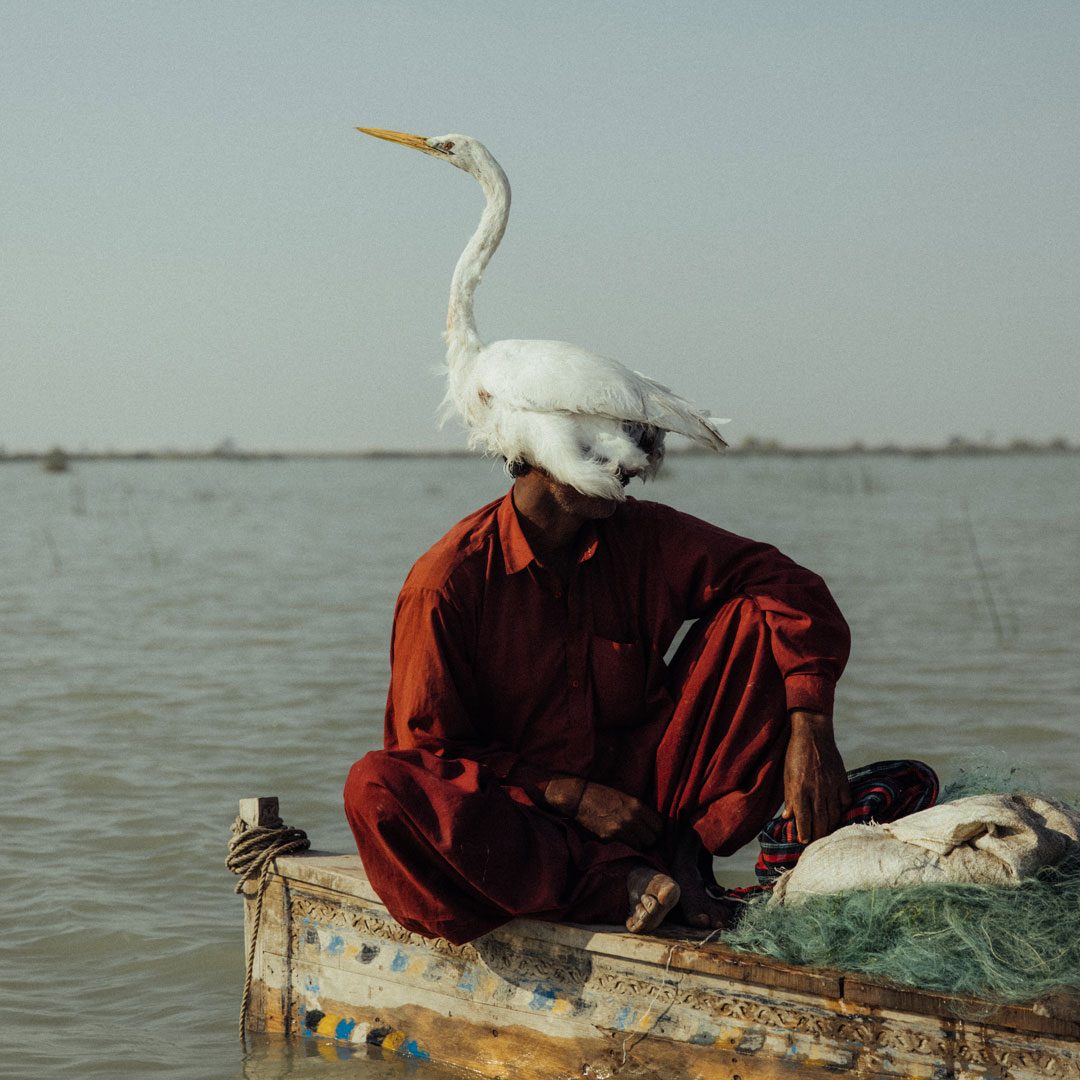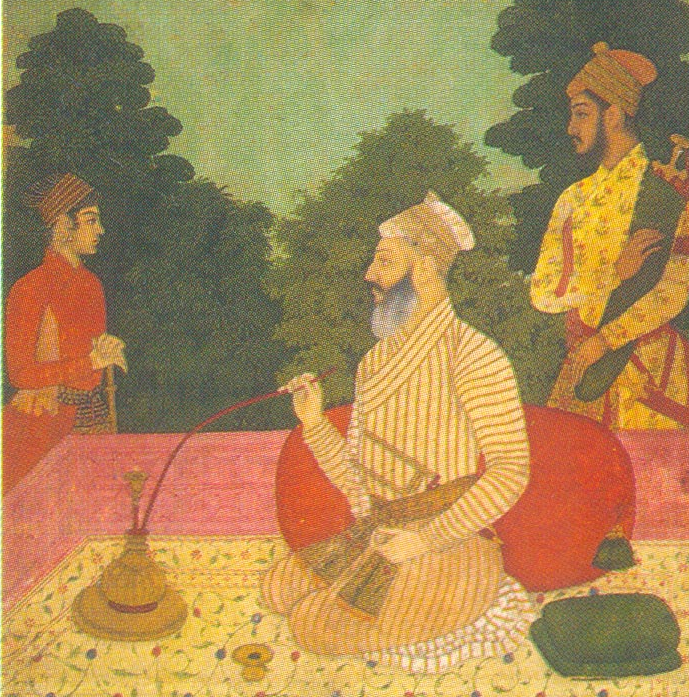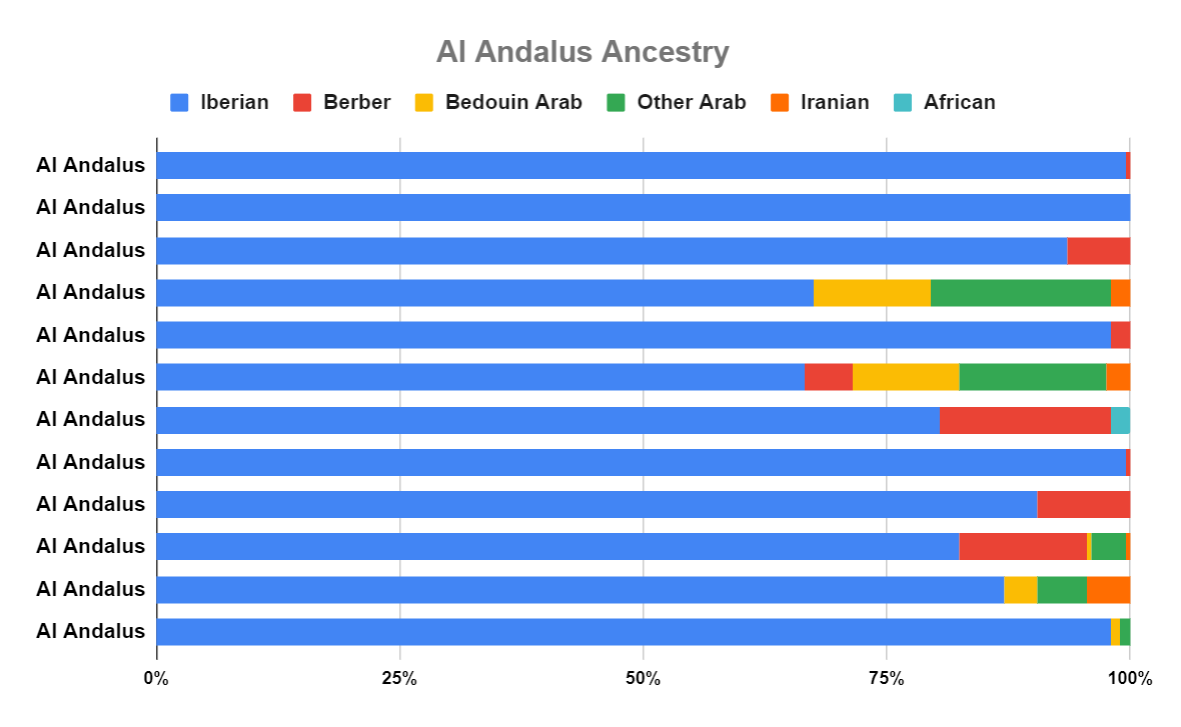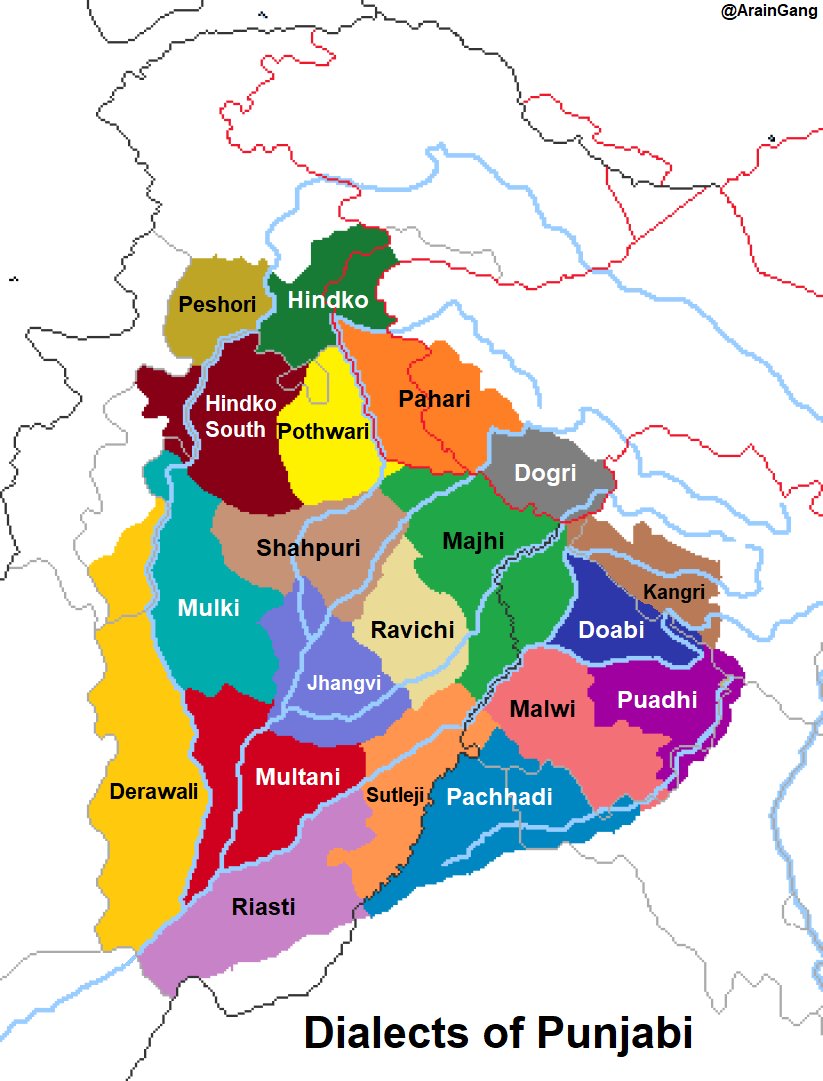Muzaffarid: Rajput Muslims who established the Gujarat Sultanate, founded Ahmedabad (largest city in Gujarat), sacked Somnath, conquered much of Rajasthan and Malwa, and allied with the Ottomans to fight the Portuguese. Their dynasty was extinguished by the Mughals
Ganesha: Founded by Bengali Hindu zamindar Raja Ganesha, the Ganesha Dynasty reached its zenith under Jalaluddin Muhammad Shah, who unified much of the region under his Sultanate, while also bringing the Arakan kingdom of Myanmar under Bengali authority.
Syed: Founded by Punjabi Khokhar Khizr Khan in the aftermath of Timur’s invasion, the “Syeds” overcame rival Turkic and Hindu chiefs to become the 4th dynasty of the Delhi Sultanate. The principal challenge to their rule was Jasrath Khokhar’s insurgency in West Punjab.
Sharqi: Founded in Jaunpur by eunuch African slave Malik Sarwar, the Sultanate thereafter passed to Mubarak Shah (Khizr Khan’s cousin), whose line exercised both military and cultural dominance across the eastern Gangetic Plain, until being overthrown by the Lodis.
Nizam Shahi: Founded by a line of Muslim Brahmins, the Shia Ahmednagar Sultanate reigned supreme across the upper Deccan, with Sultan Hussain personally beheading the last Vijayanagar ruler Rama Raya at the pivotal battle of Talikota.
Rajgond: An Adivasi Gond dynasty whose prince Bakht Buland gained Mughal favor through his exploits. He eventually adopted Islam, and after enlarging his territory at the expense of rival Hindu chiefs, founded the city of Nagpur (13th largest city in India).
Mysore Nawabs: Descended from Punjabi Faqirs, Hyder Ali and his son Tipu Sultan gained renown for their victories over the British, Marathas, Malabar, and Hyderabad, while modernizing Mysore’s military and economy. Their rule was ended by the British.
Khanzadas of Mewat: Descended from Jadaun Rajput Muslims, the Khanzadas established their dominion over rival Jat and Ahir chiefs in Mewat, although the turbulent Meos often gave them trouble. Their dynasty was systematically dismantled by the Mughals.
Rohilla: A dynasty founded by Ali Muhammad Khan, a Jat Muslim, whose soldiers were primarily Pashtun. After conquering the local Hindu and Muslim chiefs, the Rohilla extended their influence to Punjab and Awadh; eventually however they were confined to Rampur State.
Khanzadas of Nagaur: Founded by Tanka Rajput Muslims, the Nagaur dynasty bravely fought off their larger Rathore, Sisodia, and Bhatti neighbors for over a century, before eventually being absorbed by Marwar. The surviving Khanzadas were thereafter recruited as soldiers.
Qaimkhani: Chauhan Rajput Muslim dynasty who established a kingdom in northern Rajasthan, their sovereignty was ended by the Mughals, who heavily favored the neighboring Hindu Kachhwaha Rajputs, resulting in the latter annexing the Qaimkhanis by the 18th century.
Bhatti: Punjabi Rajput Muslims who established a principality around Sirsa, lending their namesake to the region, “Bhattiana”. Infamous as turbulent cavalry raiders, the Bhattis withstood all attempts to end their sovereignty until British conquest in the 19th century.
Joiya: Punjabi Muslims who expanded into the Ghagghar valley in the 14th century, subduing the local Hindu Jats and Rajputs to earn their title, “Lords of Jangladesh”. Were eventually pushed back to the Sutlej by a combined Rathore-Godara alliance.
Daudpota: Dynasty descended from Sindhi Jats, however they assumed the trappings of Arab royalty to legitimize their rule in South Punjab. Secured a number of victories over the Jaisalmeri Bhattis, founded the city of Bahawalpur, and were eventually annexed by the British.
Soomro/Samma/Kalhora: Dynasties stemming from various Jat/Rajput Sindhi clans that ruled over the lower Indus Valley, and were instrumental in forming Sindh’s Islamic-Sufi culture. The Sammas fell to the Arghun Mongols, the Kalhora to the Talpur Baloch.
Ahmadzai: A Brahui confederacy centered in the Kalat mountains, the Khan of Kalat successfully assimilated various Baloch and Jat clans into a potent fighting force, which extended their rule over much of modern-day Balochistan and parts of Sindh, before British conquest.
Gakhar: A Punjabi Rajput Muslim clan of the Potohar plateau that has been the ruling class for centuries, their position peaked under Sultan Muqarrab Khan, who fended of Khattak and Yusufzai intrusions, before ultimately falling to the Bhanghi Sikhs.
Chib: Pahari Rajput Muslim tribe that ruled from Bhimber and lent their namesake to the region, “Chibhal”. Successfully fended off a number of Sikh invasions despite being heavily outnumbered, and were instrumental in liberating parts of AJK from Dogra occupation.
Chak: Dardic dynasty stemming from Alamkarachakra of Gilgit, they were peasant soldiers that usurped power from the Shah Mir dynasty, extending their rule across the Kashmir region. After several successful defenses, they eventually succumbed to the Mughals.
Katur: A Chitrali Muslim dynasty that successfully overcame the Raees Turks to extend their rule from Nuristan to Gilgit, they were one of the last kingdoms of the Indian Subcontinent to be conquered by the British.
Mir: A series of interrelated clans, likely Burusho in origin, who ruled over Hunza and adjoining Pamiri regions in Afghanistan and China. Their descendants served in the Gilgit Scout force that expelled the Dogra occupiers during the 1947 Pakistan-India war.
Maqpon: A Balti dynasty centered in Skardu that was instrumental in spreading Islam to Tibetic peoples. At their peak ruling from Gilgit to Ladakh, they were brutally annexed by the Sikh Empire, however got their revenge by massacring the Sikh garrisons in the 1947 war.
• • •
Missing some Tweet in this thread? You can try to
force a refresh

 Read on Twitter
Read on Twitter
